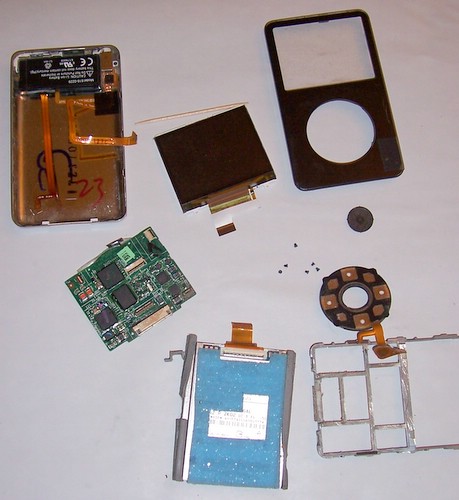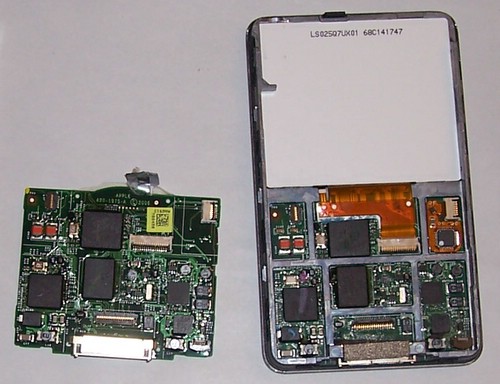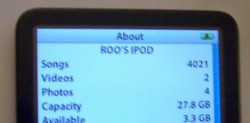Last night I was adding a new wifi device to my home network. One of the security features I make use of is MAC address filtering (and yes, I know a motivated attacker can spoof a MAC address easily enough, but there are many easier targets in my neighbourhood). My primary router is a Linksys WRT54GL running DD-WRT. If you have one of the Linksys WRT54G* routers, my experience is the stock firmware is terrible – you should either run DD-WRT or Tomato and if you insist on staying stock, at least get the latest version from Linksys.
I’ve been playing with Google Chrome a little bit. The various “run it under Linux” solutions simply don’t work well enough to bother with. So until Google gets a Linux version going – I’ve been playing with it under Windows. There are some things I like about Chrome: the ability to tear off a tab and get a new window; the omnibar; and their process per tab is pretty nifty. On the downside is plug-in stability (Adobe Reader really sucked in the 1st release, better in the update), general stability (I’ve crashed it a few times) and compatibility (some websites don’t recognize it). I’m not ready to make it my primary browser, but I do use it regularly.
In order to edit the MAC filter list, I need to navigate some of the DD-WRT administration pages to make some changes. I was surprised to get an error message from Chrome when trying to save my changes, it turns out I was hitting a bug that was only very recently fixed. So, no worries – I just switched to Firefox and redid the change. However, to my dismay – it seems that the partial commit from Chrome caused my router to completely clear my nvram (in all honesty I can’t prove this, but the sequence of events makes sense).
DD-WRT has been very stable for me for quite some time. I was running v23 SP2 and had looked at the newer v24 version since it had some neat bandwidth monitoring features, but had decided to stall as migrating my configuration would be a bunch of work (and risk if I got it wrong). Lucky for me I had gotten a dump of the nvram by logging into the router via telnet and issuing a “nvram show” command, having this dump gave me a reference to help move my config over.
Faced with the complete loss of my configuration, I figured it was as good a time as any to upgrade to the latest version (v24 SP1). The upgrade went smoothly, and the new firmware looks really slick. In a way I’m sort of glad that I finally got around to doing it.





